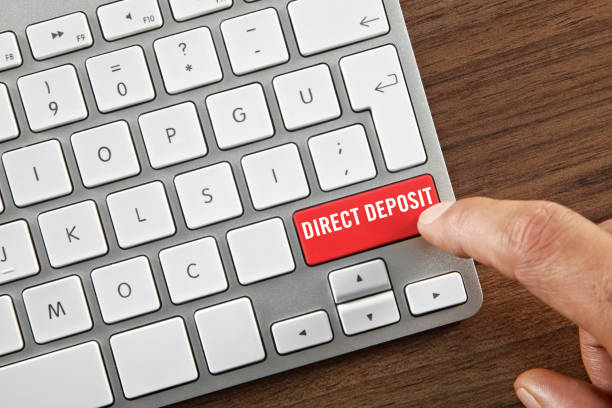Business
How is direct deposit set up?
How is direct deposit set up?
The process for setting up direct deposit is basically the same, regardless of the payer. You will need the following information:
- Your bank’s routing number. This nine-digit number, also known as an ABA routing number, is assigned to a bank or credit union and tells the payer which bank should receive their funds. Your bank’s routing number is usually printed on the bottom left of your personal or business check, or you can find it on your bank’s website or app.
- Your account number. This is the number of the account where your funds will be deposited. Your checking account number appears on your personal checks, usually located to the right of the nine-digit ABA routing number, or you can access your account numbers when you sign in to your bank account website or app.
- Account type. You can have direct deposit transferred to a checking or savings account, and your payer may want to know what type of account you’re using.
- Bank address. You can use the address of any branch of your bank.
Your account number is sensitive information. You should be careful how and with whom you share it. Make sure you trust the payer you’re setting up direct deposit with.
It’s also a good idea to avoid sending your account number and other information by email or through the mail.
Handling your direct deposit enrollment face-to-face or over the phone with an authorized person can help ensure your information is secure.
How long does direct deposit take?
After learning how to set up direct deposit, you may want to know how long it takes for direct deposit to go into effect.
In some cases, it may take a pay cycle or two for direct deposit to be set up properly. This may mean you’ll still have to use physical controls for a while longer until everything is set up.
Once direct deposit is set up, the exact time your funds will arrive may vary depending on factors such as the type of payroll software your employer uses and when payroll is submitted. This is important to understand, especially if you’re setting up automatic transfers.
If your direct deposit doesn’t arrive until 9 am on a business day, but an automatic transfer happens before then, this can cause problems.
Instead, find out exactly when your funds will be available, and then schedule your bill payments and automatic transfers after your payment arrives.
It’s also important to note that in some cases, your financial institution may hold your funds for a couple of days before releasing the money into your account. For this reason, early direct deposit features can be a complete game changer.
Is direct deposit safe?
Security is a common concern with direct deposit. But this payment method is generally safer than paying by check.
This is because paper checks can be lost or stolen, and it’s possible for someone to fraudulently cash a check that is not in your name.
If you lose a paper check, the issuer will often charge you a fee to reissue it. If your check is stolen, the process for your payer to issue a stop payment is burdensome and expensive.
Direct deposit does not present any of these potential security issues. Since the money is automatically transferred from the payer’s account to your account, it cannot be lost or stolen.





